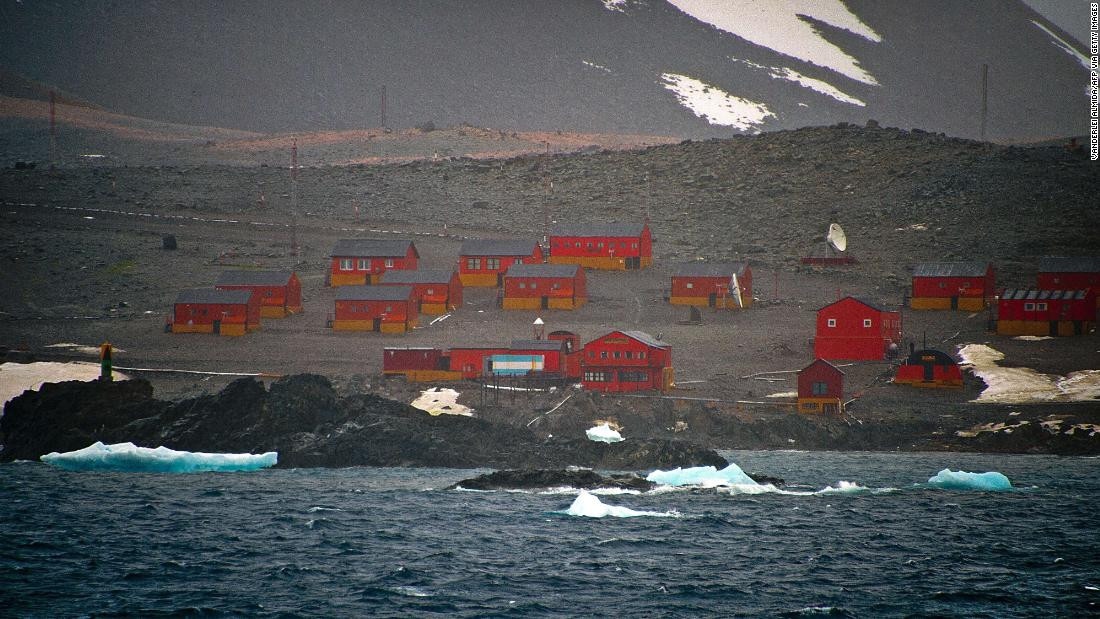Spring might still be one week away, but much of Australia will experience "unseasonably warm and unusual" temperatures for days to come. Central Australia has sweltered through temperatures up to 15 degrees Celsius above average over the past few days, and a series of troughs will drag the conditions east, according to the Bureau of Meteorology (BOM).
The outback town of Oodnadatta in South Australia recorded 38.5°C on Friday and 39.4°C on Saturday – about 16°C above average. Both days were well above the state's previous winter temperature record. In large parts of Australia, the heat is expected to persist into the coming week.
The BOM was expecting many records to be broken over the weekend across several states. On Thursday, bureau meteorologist Angus Hines described:
"A scorching end to winter, with widespread heat around the country in coming days, including the chance of winter records across multiple states for maximum temperature."
The amount of heat plunging into central Australia was particularly unusual, Hines said. On Friday, temperatures across northern South Australia and southern parts of the Northern Territory were as much as 15°C above average.
Temperatures continued to soar across northern parts of Western Australia over the weekend, with over 40°C recorded at Fitzroy Crossing on Sunday. It has been 2–12°C above average from Townsville all the way down to Melbourne for several days in a row.
Why is it so hot?
A stubborn high pressure system has sat over eastern Australia and the Tasman Sea in recent days. It has kept skies clear over much of the continent and brought northerly winds over many areas, transporting warm air to the south.
High pressure promotes warm weather – both through clearer skies that bring more sunshine, and by promoting the descent of air which causes heating. By late August, both the intensity of the sun and the length of the day has increased. So the centre of Australia can really warm up when under the right conditions.
High pressure in June can be associated with cooler conditions, because more heat is lost from the surface during those long winter nights. But that's already less of an issue by late August.
The Climate Change Connection
This kind of weather setup has occurred in the past. Late-winter or early-spring heat does sometimes occur in Australia. However, this warm spell is exceptional, as highlighted by the broken temperature records across the country.
Australia's three warmest Augusts on record have all occurred since 2000 – and last August was the second-warmest since 1910. When the right weather conditions occur for winter warmth across Australia, the temperatures are higher than a century ago.
The warmth we are experiencing now comes off the back of a recent run of global temperature records and extreme heat events across the Northern Hemisphere.
The Future is Hotter
This warm spell is set to continue, with temperatures above 30°C forecast from Wednesday through to Sunday in Brisbane. The outlook for spring points to continued above-normal temperatures across the continent, but as always we will likely see both warm and cold spells at times.
Such winter warmth is exceptional and already breaking records. Climate change is already increasing the frequency and intensity of this kind of winter heat – and future warm spells will be hotter still, if humanity's greenhouse gas emissions continue.
Andrew King, Senior Lecturer in Climate Science, The University of Melbourne
This article is republished from The Conversation under a Creative Commons license. Read the original article.
Breaking Records: Australia's Hottest Winter on Record
The unprecedented heatwave sweeping Australia has culminated in a new record for the highest winter temperature ever recorded in the country. A weather station at Yampi Sound in Western Australia’s Kimberley region registered a temperature of 41.6°C shortly after 3:30pm AWST on Monday, August 26.
This record-breaking temperature surpasses the previous high of 41.2°C, set at West Roebuck on August 23, 2020. This remarkable heatwave has continued to break records across the country.
South Australia saw new winter maximum temperature records on both Friday and Saturday and a new winter minimum temperature record on Sunday morning. With the hot air mass likely to linger in northwestern Australia for the next few days, more temperatures over 40°C are expected in the Kimberley or Pilbara.
This heatwave is a stark reminder of the escalating effects of climate change and highlights the urgent need for action to mitigate its consequences.

















